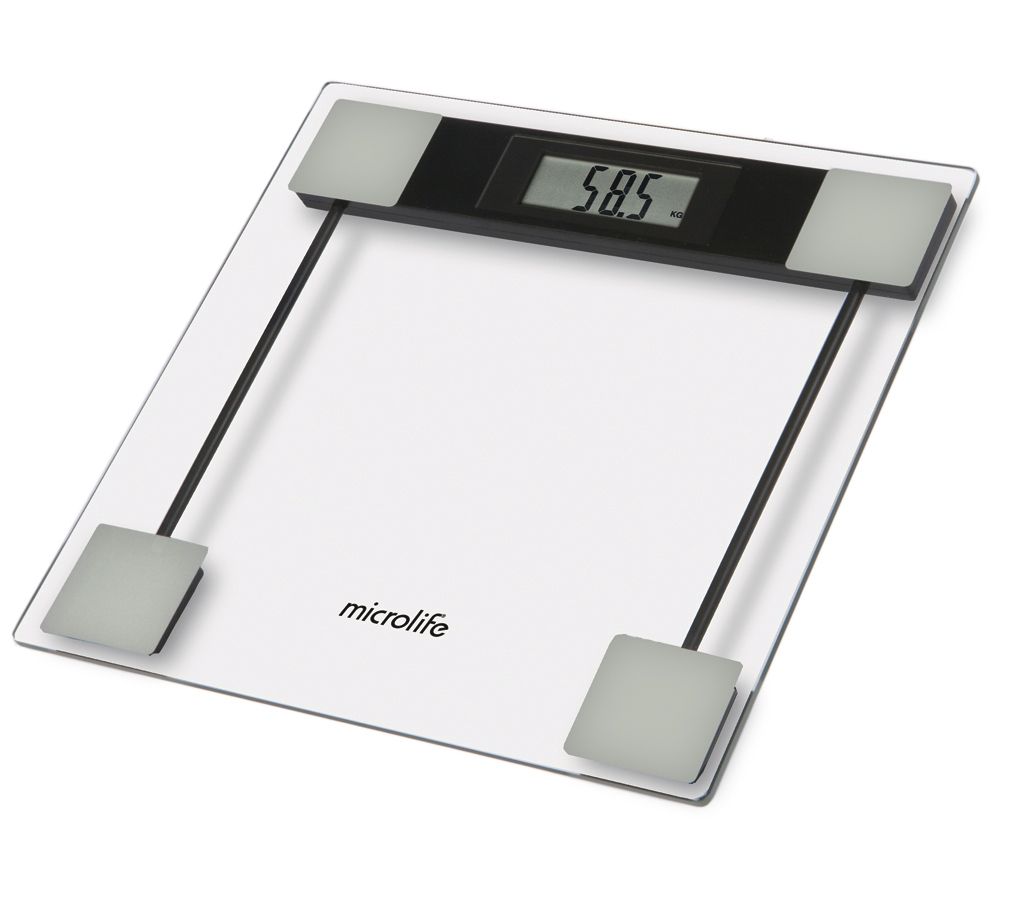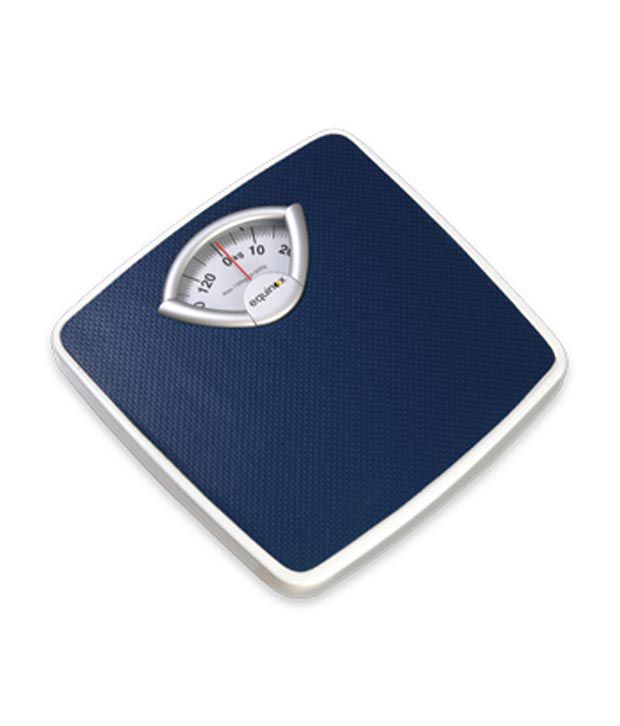The journey to successful weight loss can be quite difficult. But at Skinnyjane.com, we make the process of weight loss fun and informed. We offer the best advice on the best weight loss foods and the worst food for a diet. By completely eliminating these foods, or just limiting consumption of these foods, you increase your chances of losing weight and not piling it up again.
- 1.Yogurt
I know this will definitely shock you. Plain yogurt naturally has around 16grams of sugar in every cup. But flavored yogurt has an extra 15 or even more grams of sugar so if you eat it, it will be the same as shoveling in an additional four teaspoonfuls of sugar.
This can be one of the best diet foods for picky eaters as long as you choose plain yogurt that is low in fat and sugar. If you want to sweeten it, stir in a teaspoon of honey or maple syrup. You can also opt for fat free Greek yogurt which is very lower in sugar than even plain yogurt and has lots of protein to keep you satisfied for longer periods of time.
- 2.Veggie chips
Although most people think this is among the best weight loss foods, these rainbow colored chips are no better than potato chips. They may contain some extra vitamin A or C, but your waist won’t notice the difference. These salty snacks contain about 150 calories per handful. Sometimes, manufacturers just add food coloring to the regular potato chips, so they are just tricking you into thinking you are eating something healthier!
How to eat right:
Make sure the chips you purchase have vegetables listed as the first ingredient and not corn flour or potato flour. Also, look for 100% whole wheat or better yet, stone ground as the first ingredient and make sure they are cooked in healthy oil such as Extra Virgin Olive Oil or Canola Oil.
- 3.Sugar free candies and cookies
Don’t easily fall into the “no sugar trap” present in some manufactured foods. When producers remove the sweet stuff, they add fat. Some popular brands of chocolate chip cookies have 160 calories and 9 grams of fat. Ultimately, it is best to eat desserts that have low fat and low sugar. And of course, fruit is always a better alternative than any processed, high calorie dessert.
How to eat right:
Graham crackers have less sugar in every serving than most packaged cookies, so you are better off getting your quick cookie fix with them.
- 4. Bacon
We cannot deny that bacon is finger licking good. But it’s also one of the worst diet foods for women. An average serving of bacon (3 slices) has 435 milligrams of sodium about a fifth of the average woman’s daily allowance.
A healthy woman should eat a 2,000 calorie diet each day but these calories should be obtained from unrefined carbohydrates.
How to eat right:
Have a slice of whole wheat toast with low or no sugar jam with your eggs in the morning.
- 5.Trail mix
This is a very popular hiking staple and quick snack. Store bought versions of trail mix contain an handful of banana chips which are usually deep fried, and raisins which are covered with yogurt and coated with hydrogenated palm kernel oil, which is full of saturated and trans fats.
How to eat right:
Make your own trail mix with dried fruits (apricots or raisins), mini pretzels, nuts, whole grain cereal and some bits of chocolate chips. Take a small portion of one cup. This can be great food for a diet especially when done in the right way.
- 6.Soda
This is one of the worst diet foods for women. In addition to increasing your waist size due to sugar and a lot of calories, it contains flame retardants that may fatten up your organs. Diet soda or not, you should completely eliminate soda from your diet if you are trying to lose weight or not.
- 7.Red meat
This can be healthy only when taken in moderation. If you choose to eat it, avoid any fatty cuts such as T-bone, Steaks and New York Strip. Opt for the healthier cuts such as sirloin tip.
- 8.Processed meats
Processed meats contain nitrates and are very high in saturated fats. This is one of the worst weight loss foods, so if you really must have that lunch meat, look for a low sodium and nitrate free version.
- 9.Beer
Whether you drink regular beer or light beer, it contains about the same amount of alcohol. Either way, you are still adding empty calories to your diet. This, coupled with the fact that alcohol significantly slows down your metabolism, is a strong reason why you should stay away from beer.
- 10.Swordfish
A lot of fish and shell fish can be part of a weight loss program. They are full of healthy proteins and excellent sources of fats. Some contain mercury but others, such as Swordfis, contain much higher levels than others. Choose wisely when picking your fish. The right fish can be one of the best foods for a diet, but don’t consume too much due to mercury content.
If you are really serious about losing weight, make sure to avoid these foods.


 To measure the food you eat,initially you may find it difficult to measure everything you eat, but once you are used to it ,you will find it easier and even fun(to see how much small amount of some food has so much calories with out we being not aware of it, and eating a lot). Now I can easily guess how much an item weighs even with out measuring in a scale. Bur trust me investing in a good quality food scale is going to help you a lot.
To measure the food you eat,initially you may find it difficult to measure everything you eat, but once you are used to it ,you will find it easier and even fun(to see how much small amount of some food has so much calories with out we being not aware of it, and eating a lot). Now I can easily guess how much an item weighs even with out measuring in a scale. Bur trust me investing in a good quality food scale is going to help you a lot.
 If you already have it well is good , but if you don't have it please get one.I have a digital one which is now accurate than regular one. But it's your choice.You have to weigh yourself at same time with same way ie. I
If you already have it well is good , but if you don't have it please get one.I have a digital one which is now accurate than regular one. But it's your choice.You have to weigh yourself at same time with same way ie. I